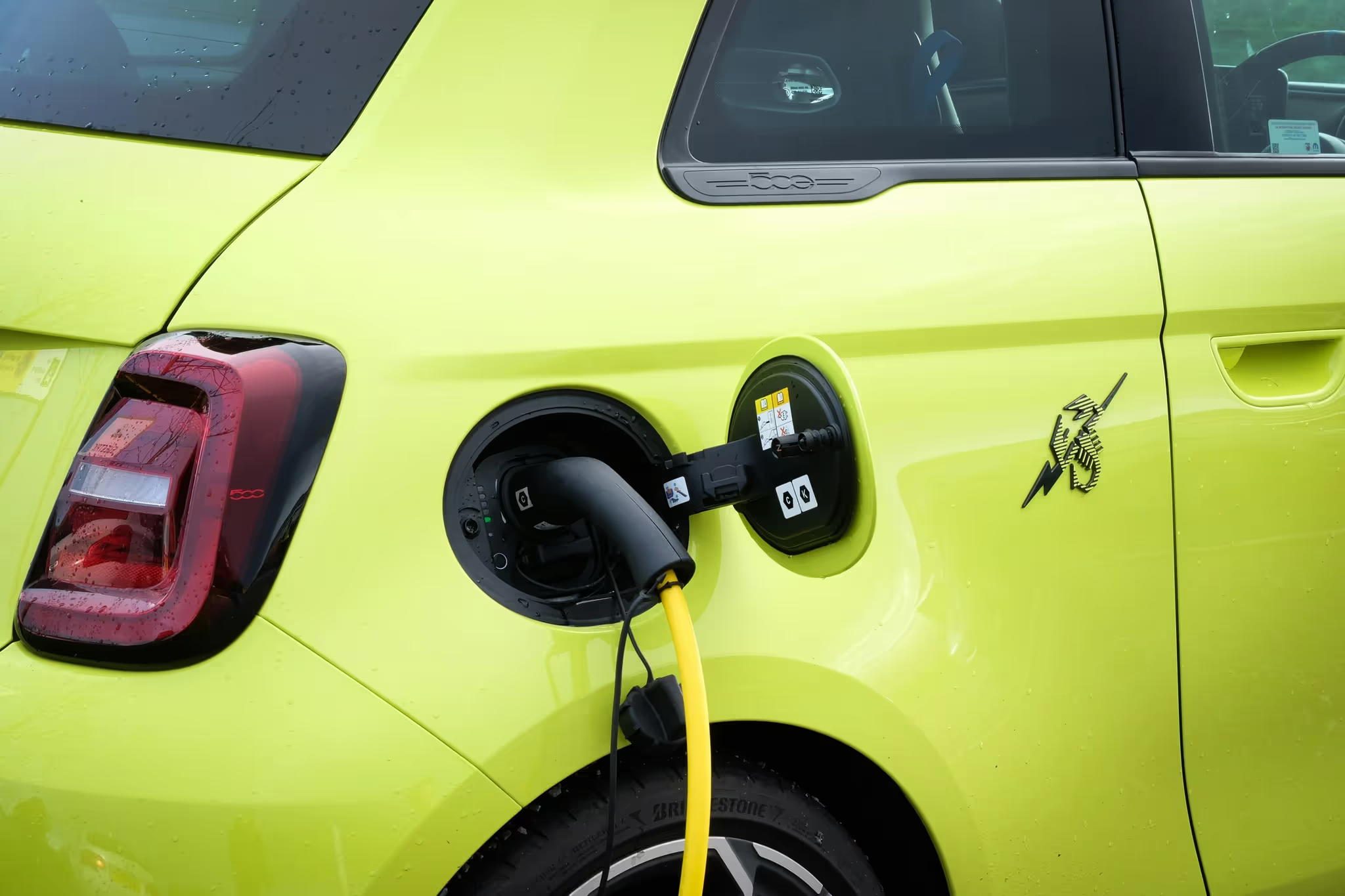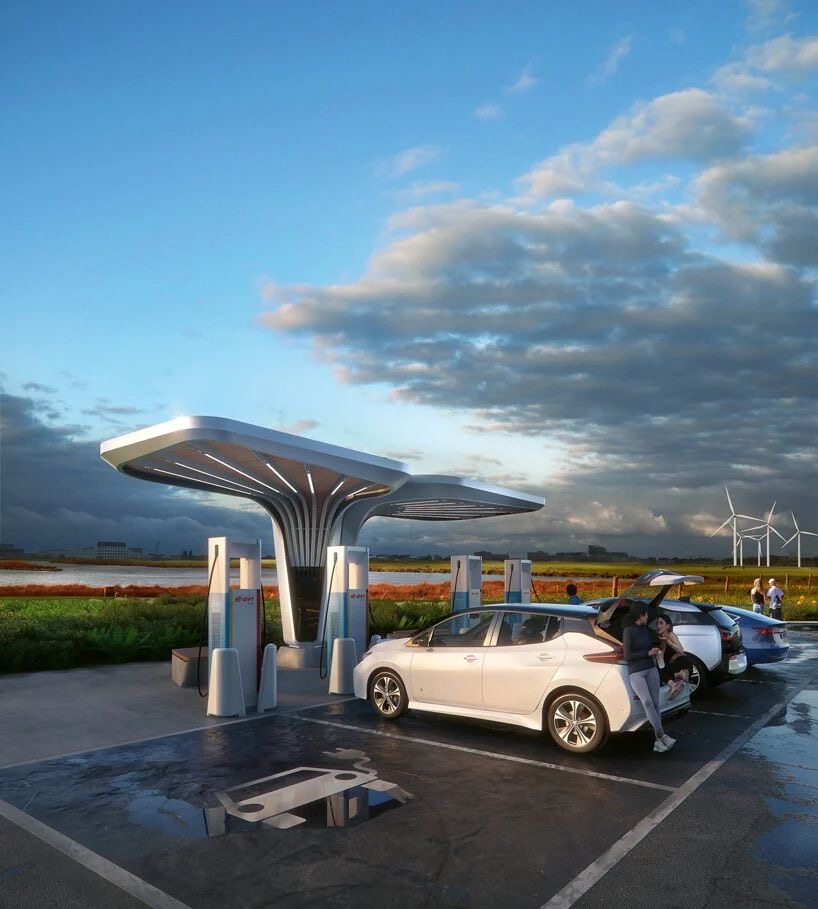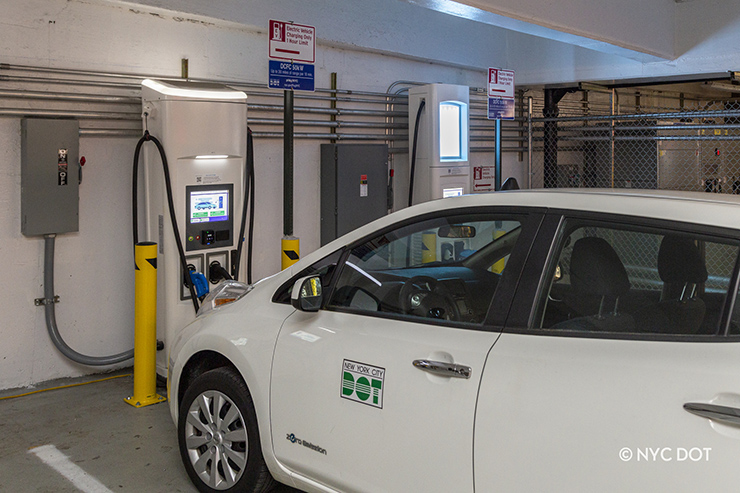As Electric Vehicles (EVs) become more popular, commercial property owners have a unique opportunity to meet a growing demand while future-proofing their assets. In 2023 alone, nearly 10% of all vehicles on U.S. roads were electric, and the government aims to increase new car sales to 50% EVs by 2030.
To support this shift, significant funding has been allocated to build a nationwide EV charging network for all these new vehicles, including programs like New York’s EV Make-Ready Program.
If you own a commercial property, you can benefit from this growing trend by installing EV charging stations on your lot. It’s an easy way to attract a new customer base, boost your revenue, and turn parking that’s otherwise not turning a profit into a cash cow.
In this article, we’re going to explore the key reasons you should invest in this transformation, the types of chargers available, and how programs like New York’s EV Make-Ready can help you cover up to 90% of installation costs.
Why Install EV Charging Stations on Your Commercial Property?
Here are three of the top reasons why installing EV chargers is a no-brainer and can add massive value to your property:
1. Attract and Retain Customers
EV charging stations can turn your property into a destination for customers who need to charge their vehicles. As more consumers switch to electric cars, properties without charging options may lose business to those that offer this convenience.
Because of the charge time involved, EV owners seek out shopping places to kill time as they wait. A J.D. Power study found that 90% of EV owners “often” or “always” charge at home, but when they’re out shopping or dining, they look for locations with charging options.
For retail properties, this means EV drivers are likely to spend more time (and money) at your location while their vehicle charges. For office buildings, offering charging can be a valuable amenity that attracts and retains tenants with EV-driving employees.
2. Generate New Revenue Streams
EV charging stations can create direct revenue through charging fees. Depending on your business model, you can:
- Charge per kWh – Bill users based on the electricity they consume
- Charge per hour – Set an hourly rate for using the charging station
- Offer free charging – Use it as a loss leader to attract customers who will spend money elsewhere on your property
For example, a shopping center with Level 2 chargers could charge $2 per hour, generating $16 in revenue from a single parking space during an 8-hour business day. Multiply that by several spaces and 365 days a year, and you’re looking at thousands in additional revenue.
3. Enhance Your Property’s Value and Brand
Properties with EV charging infrastructure often command higher valuations. As sustainability becomes increasingly important to consumers and businesses alike, having charging stations demonstrates your commitment to environmental responsibility.
This green image can enhance your property’s brand and appeal to environmentally conscious tenants and customers. It also positions your property for the future, as EV adoption continues to grow and charging infrastructure becomes an expected amenity.
Types of EV Chargers: Which Is Right for Your Property?
When considering EV charging for your property, you’ll need to choose the right type of charger based on your needs and budget. Here are the main options:
Level 1 Chargers
- Speed: 3-5 miles of range per hour of charging
- Cost: $300-$1,500 per port
- Best for: Workplace charging where employees park for 8+ hours
Level 1 chargers use a standard 120V outlet and are the slowest option. While they’re inexpensive to install, their limited charging speed makes them less practical for most commercial applications.
Level 2 Chargers
- Speed: 12-80 miles of range per hour of charging
- Cost: $2,000-$10,000 per port
- Best for: Retail, restaurants, theaters, and workplaces
Level 2 chargers use a 240V circuit (similar to what powers an electric dryer) and are the most common type for commercial properties. They offer a good balance of charging speed and installation cost.
DC Fast Chargers (Level 3)
- Speed: 100-200+ miles of range in 30 minutes
- Cost: $25,000-$100,000+ per port
- Best for: Highway corridors, travel plazas, and high-traffic retail
DC Fast Chargers provide the quickest charging experience but require significant electrical infrastructure and are much more expensive to install. However, they can be a major draw for properties located along travel routes.
The Financial Case: ROI and Incentives
The return on investment for EV charging stations comes from multiple sources:
- Direct revenue from charging fees
- Increased foot traffic and customer spending
- Higher property values and rental rates
- Tax incentives and utility rebates
Speaking of incentives, there are numerous programs available to offset the cost of installing EV charging infrastructure. One of the most generous is New York’s EV Make-Ready Program.
New York’s EV Make-Ready Program: Get Up to 90% of Costs Covered
The EV Make-Ready Program is designed to accelerate the deployment of EV charging stations by covering a significant portion of the infrastructure costs. Here’s what you need to know:
What’s Covered?
The program covers the “make-ready” infrastructure – everything needed to prepare a site for EV chargers, including:
- Utility service upgrades
- Electrical panel upgrades
- Conduit installation
- Wiring
- Trenching and paving
For publicly accessible chargers, the program can cover up to 90% of these costs. For non-public chargers (like those in workplace parking lots), it covers up to 50%.
Who’s Eligible?
Commercial properties in New York State served by participating utilities (including Con Edison, National Grid, NYSEG, RG&E, Orange & Rockland, and Central Hudson) can apply.
The Process
Working with a qualified partner like Source Forward can simplify the application process. Here’s how we help:
-
Site Assessment – We evaluate your property to determine the optimal location and number of charging stations.
-
Design and Engineering – Our team designs the electrical infrastructure needed to support your charging stations.
-
Installation – We manage the entire installation process, which typically takes 3-6 months.
-
Incentive Payment – After installation, we help you document the project to claim your incentive payment from the utility provider.
Future-Proof Your Property
The EV revolution is well underway, and now is the perfect time to position your commercial property as a leader in sustainability and innovation. By installing EV charging stations, you’ll attract more customers, enhance your brand’s reputation, and create a new revenue stream—all while helping to build the infrastructure that supports a greener future for everyone.
Contact us at Source Forward today to learn how we can help you take advantage of incentives like the EV Make-Ready Program and transform your parking lot into an EV charging hub!




